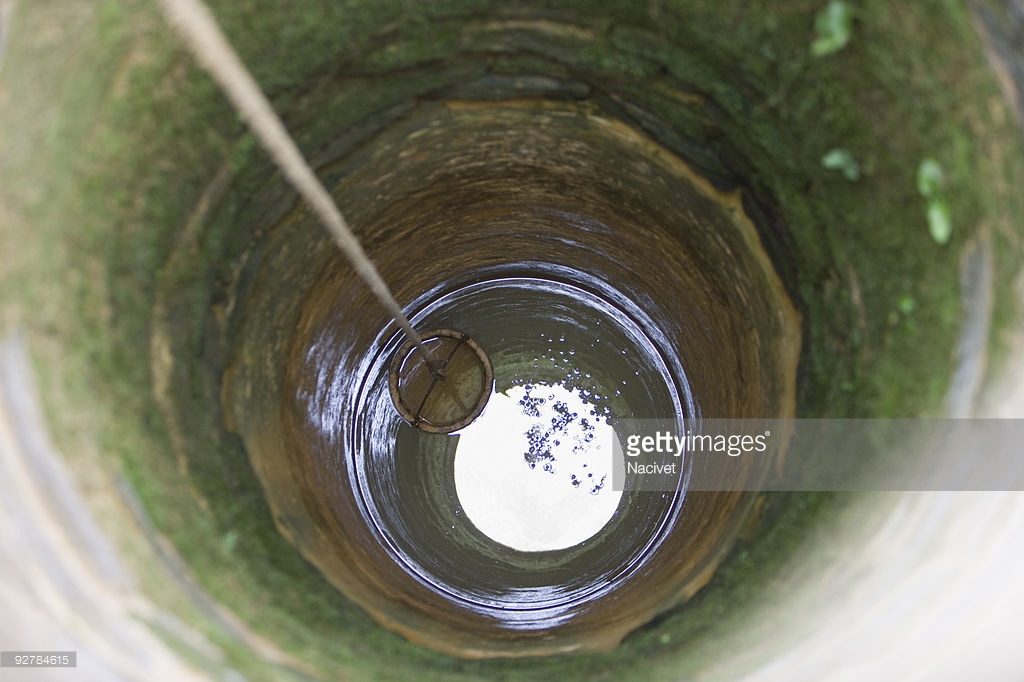About 15 percent of Americans, or 45 million people, obtain their drinking water from private wells. Such wells are not federally regulated or protected, and local and state governments do not have universal water standards. As a result, many private wells contain biological and chemical contaminants that affect users’ health and constitute a public health concern.
The 1974 Safe Drinking Water Act instructed the Environmental Protection Agency (EPA) to set water quality standards for all public water systems, addressing contaminant groups such as microorganisms, disinfectants, disinfection byproducts, inorganic and organic chemicals, and radionuclides. However, private wells are not under EPA regulatory authority, and local and state public health standards form a patchwork system that varies widely by location. As a result, private wells are inspected on an inconsistent basis, especially when a new water system is installed or when the property changes owners. Some well owners do not check their water because they do not realize it is necessary, or because water inspections and treatments can cost thousands of dollars.
Private wells have access to groundwater, which can be contaminated from landfill leaks, failed septic tanks, fertilizers and pesticides, and runoff from urban areas. One of the most basic factors for determining potential contamination is the well type. Dug wells are fairly shallow, and thus, are most likely to be contaminated. Driven wells are slightly deeper, which puts them at a medium risk of contamination. Drilled wells are the deepest and have the lowest risk of contamination, although complete safety still is not guaranteed.
A person uses a hand pump connected to a well to fill up his bottle in Bishop, California.
Image Source: Jordan Siemens
Many studies have shown that private wells contain contaminants at levels that are deemed unhealthy by federal EPA standards. A 2009 study by the U.S Geological Survey found that out of about 2,100 wells across the country, 23 percent had at least one contaminant at a level above the EPA standard. Similarly, a 2013 study in rural Wisconsin of about 4,000 wells showed that 47 percent had at least one contaminant that exceeded the EPA standards. Research that examined emergency department visits in North Carolina between 2007 and 2013 estimated that 99% of visits for gastrointestinal illnesses were caused by a microbial contamination of drinking water.
Although safe drinking water is a basic and fundamental necessity for a healthy population, recent events, such as the Flint water crisis, have shown that it is still not a guarantee. Unsafe private wells are another example of threats to safe water, and a combination of regulation and education is required to ensure that well owners have access to safe drinking water.
Featured Image Credit: Nacivet










